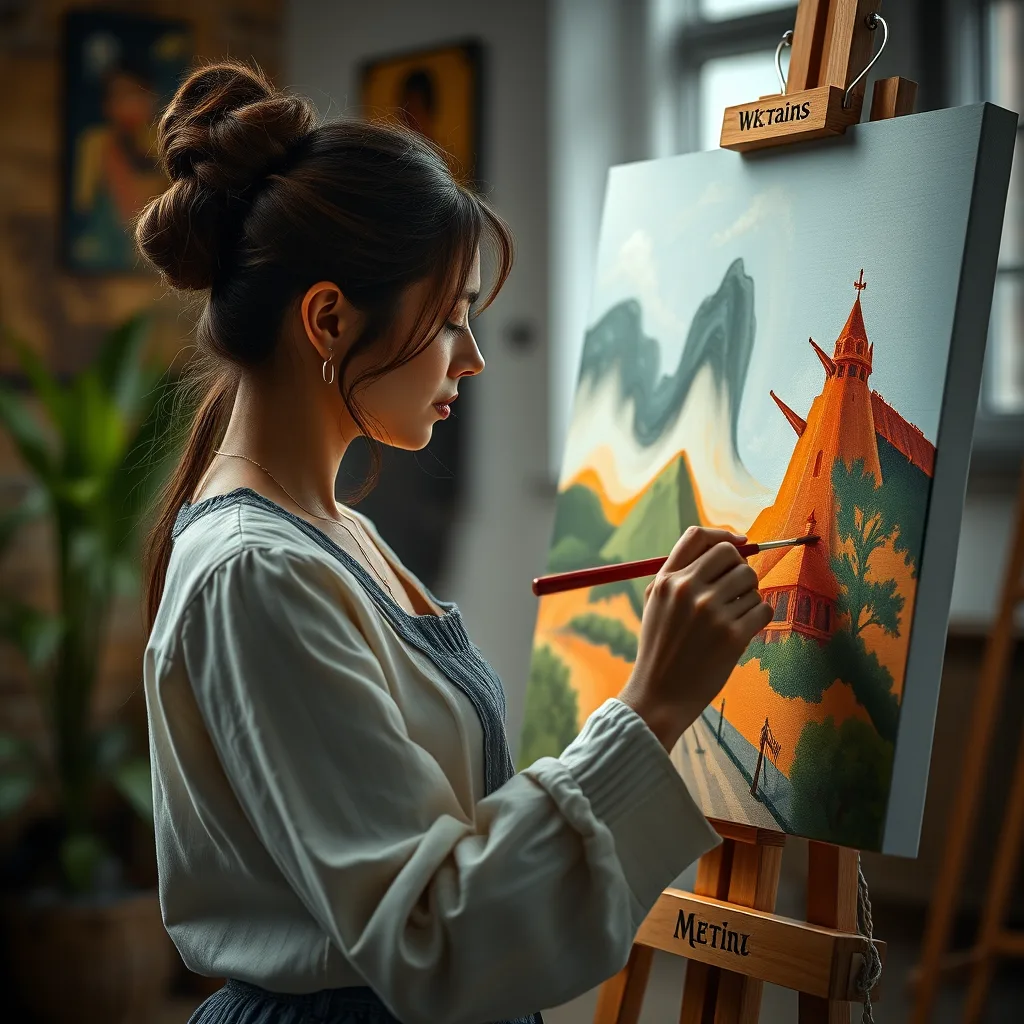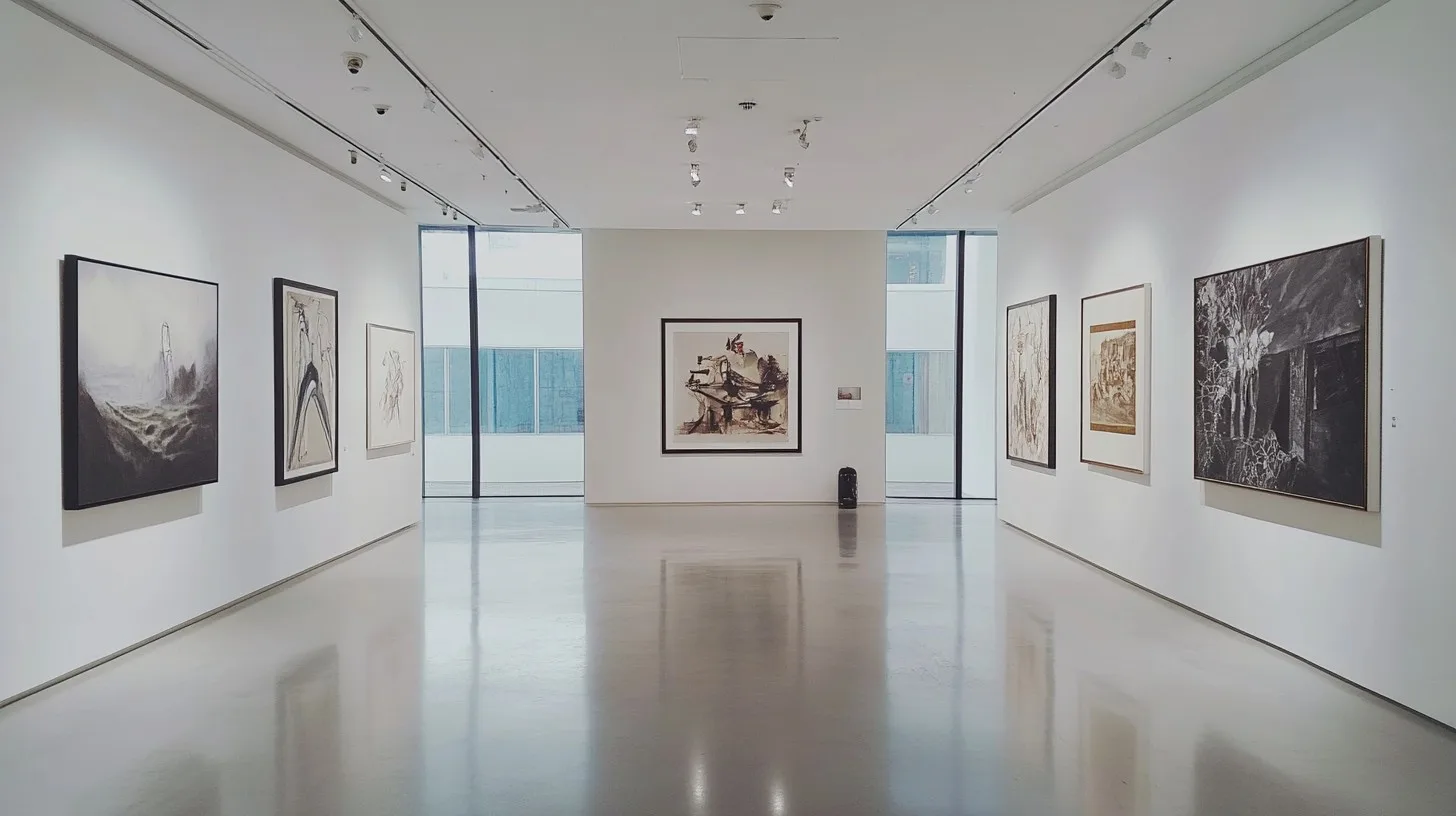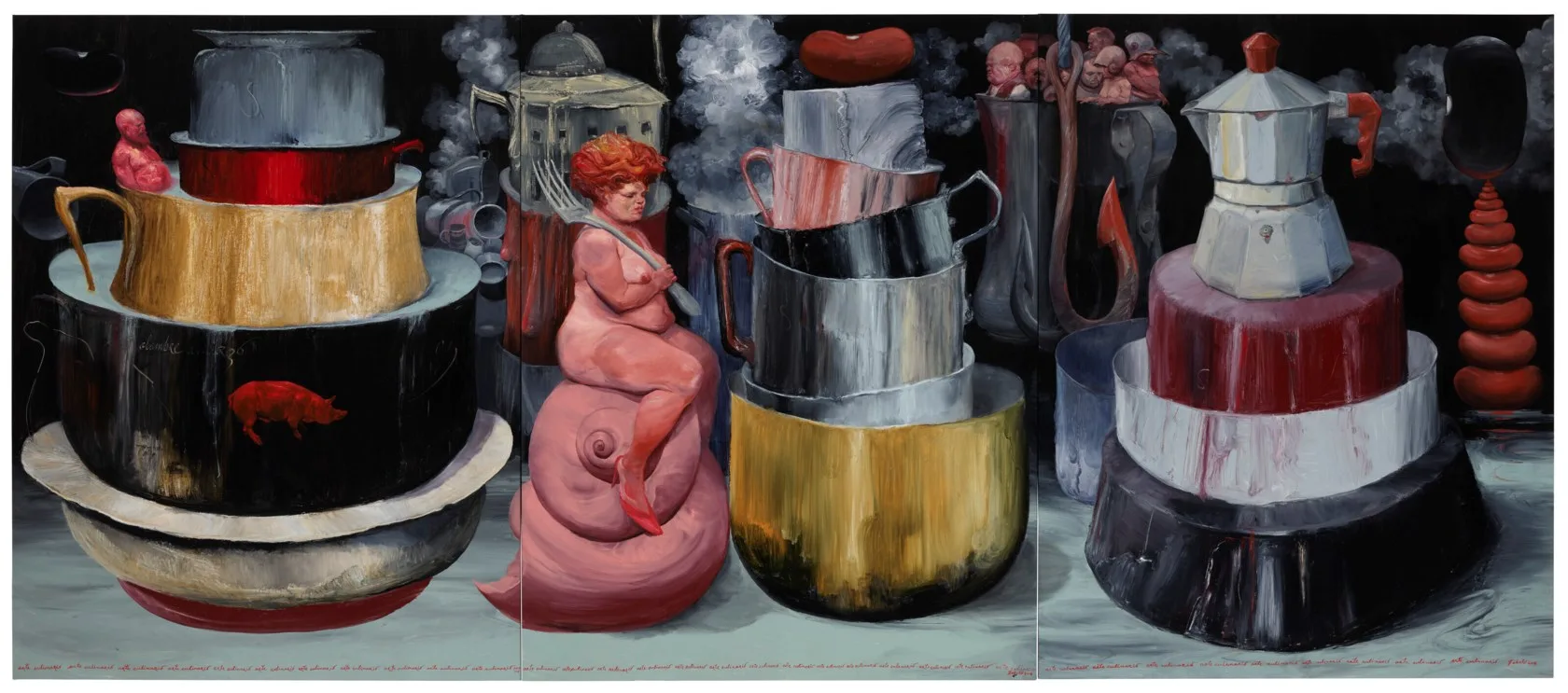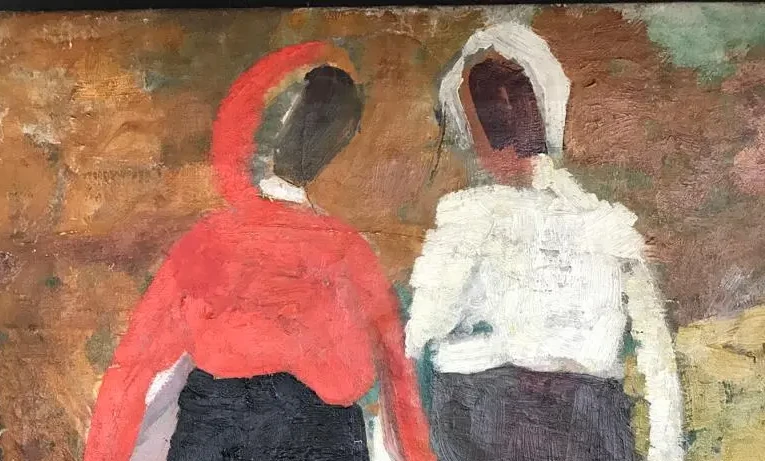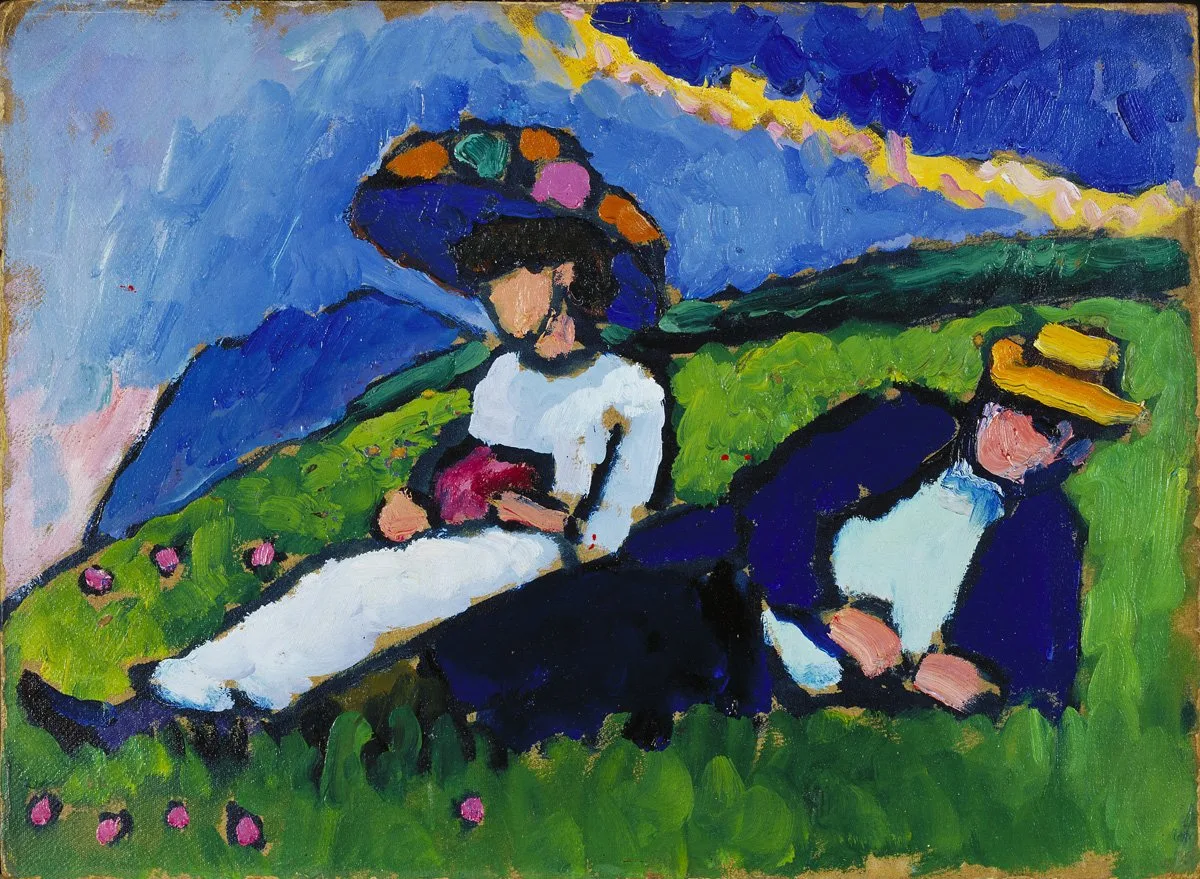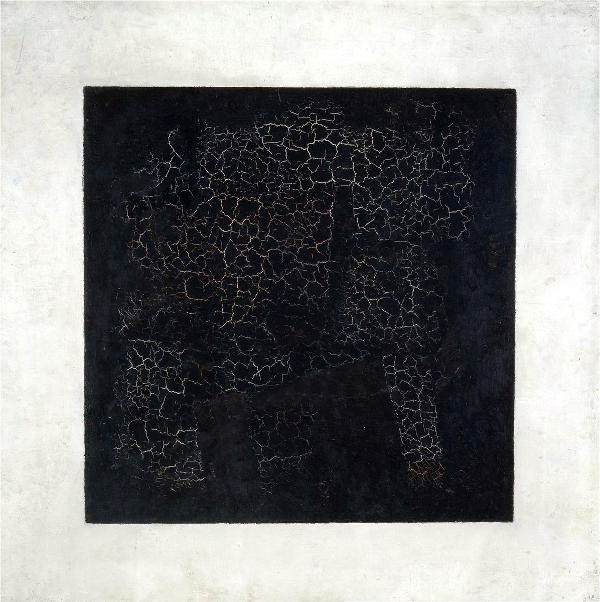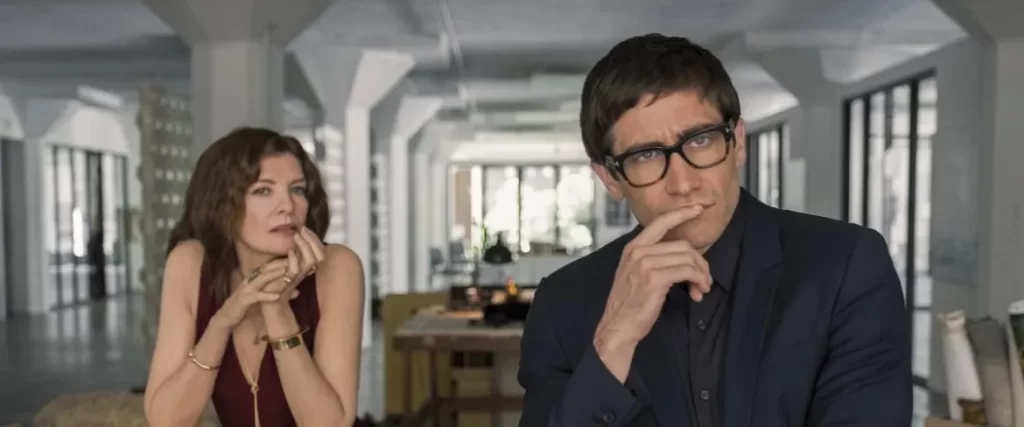Category: art
-
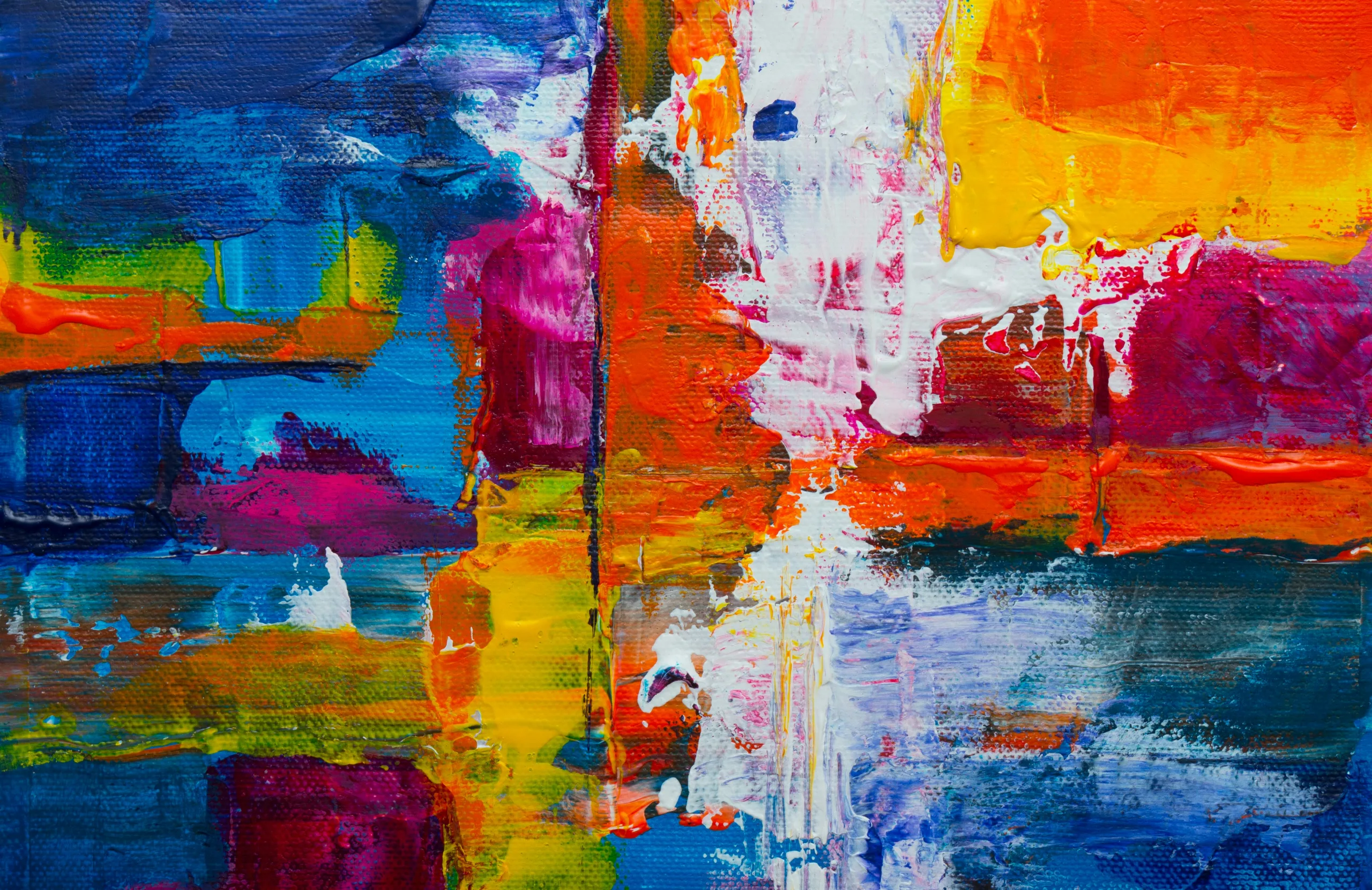
Are you collecting contemporary art, or thinking about it? The documentary “The Great Contemporary Art Bubble” offers a wake-up call. It’s not just a movie about prices shooting up and then crashing. It shows how hype, speculation, and little regulation transformed the art market into a risky playground—especially for collectors looking for more than a…
-

Becoming a successful painter these days? It’s a cool dream, but let’s be real, it’s also a pretty bumpy road. Lots of super talented visual artists find themselves scratching their heads, wondering why they’re not hitting it big. And nope, it’s not just about how well you can paint; it’s about navigating this wild, ever-changing…
-

Cuban artist Roberto Fabelo continues to captivate the art world, with his recent auction results underscoring both escalating demand and the increasing rarity of his works. In March 2024, Fabelo’s monumental triptych Arte culinario achieved a record-breaking sale of $630,000 at Christie’s New York, marking the highest price ever fetched for his work at auction…
-

The first owner of this painting was avant-garde artist Alexei Gan, a co-founder of the First Working Group of Constructivists with Alexander Rodchenko and Varvara Stepanova. Gan edited Kino-fot (1922–23) and co-edited Contemporary Architecture (1928), where Malevich also published articles. His partner, Esfir Shub, was a noted documentary filmmaker. Two Peasant Women belongs to Malevich’s…
-

When we think of Wassily Kandinsky, the pioneer of abstract art, we often picture his vibrant compositions of swirling colors and geometric forms. But behind every great artistic revolution, there are often lesser-known figures whose influence is profound. For Kandinsky, one such pivotal force was Gabriele Münter, a brilliant artist in her own right, whose…
-

Why a Black Square Changed the Course of Art History In 1915, Kazimir Malevich exhibited a black square on a white canvas and declared: “I have transformed myself in the zero of form.” It was more than provocation — it was the birth of Suprematism, a movement that shattered centuries of representational art and set…
-

Graph by The Business Research Company The Art Market: A Safe Haven Investment in 2025 The art market is increasingly regarded as a “safe haven” investment, particularly during times of economic uncertainty. This perception is reinforced by the historical resilience of art values against inflation and market volatility. Recent reports highlight that fine art is…
-

Art dealers may exhibit suspicion and distrust towards brokers for a variety of reasons. It’s important to note that not all art dealers hold these views, and individual experiences and perspectives can vary. However, here are some possible reasons for such skepticism. It’s important to remember that these are general observations, and not all art…

